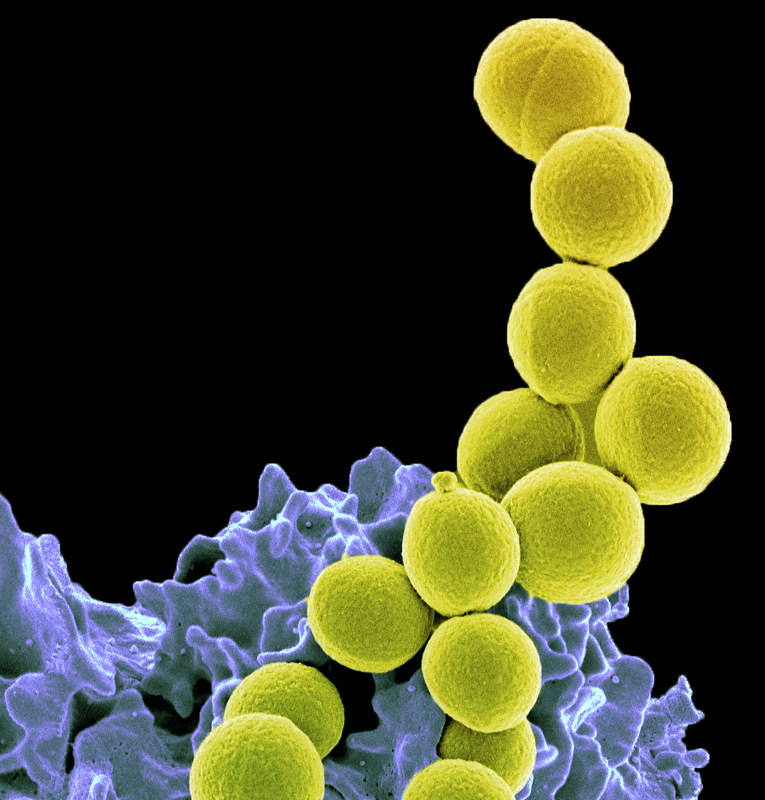Infections caused by Salmonella with any antibiotic resistance are associated with more severe clinical outcomes, including hospitalization and death, Centers for Disease Control and Prevention (CDC) researchers reported yesterday in Clinical Infectious Diseases.

Using epidemiologic data from the Foodborne Diseases Active Surveillance Network (FoodNet) and antimicrobial resistance data from the National Antimicrobial Resistance Monitoring System (NARMS), researchers from the CDC's Division of Foodborne, Waterborne, and Environmental Diseases examined outcomes in patients with nontyphoidal Salmonella infections from 2004 through 2018. They compared outcomes for resistant Salmonella infections with those caused by non-resistant Salmonella before and after adjusting for age, state, race/ethnicity, international travel, outbreak association, and isolate serotype or source.
Worse outcomes may involve more than treatment failure
A total of 5,549 FoodNet records were matched with Salmonella isolates from NARMs. Of those isolates, 20% (1,105) had any resistance (defined as resistance to one or more antibiotics), and 8% (469) had clinical resistance (one or more of ampicillin, azithromycin, ceftriaxone, ciprofloxacin, or trimethoprim-sulfamethoxazole).
Patients whose isolates had any resistance were more likely to be hospitalized (31% vs 28%) or have a hospital stay of 3 or more days (20% vs 16%) than patients whose isolates had no resistance. Deaths were rare, but were more common among those with any than no resistance (1.0% vs 0.4%). Outcomes for patients whose isolates had clinical resistance did not differ significantly from those with no resistance.
After adjustment, Salmonella infections with any resistance (adjusted odds ratio [aOR], 1.23; 95% confidence interval [CI], 1.04 to 1.46) and multidrug resistance (aOR, 1.40; 95% CI, 1.12 to 1.75) remained significantly associated with hospitalization. But clinical resistance was not significantly associated with hospitalization.
The study authors say the lack of association between clinical resistance and worse outcomes suggests that factors other than treatment failure, such as strain virulence, strain source, and host factors, may be important.
"Further studies are needed to assess the direct and indirect economic costs attributed to resistant Salmonella and to clarify the role of host and strain factors in determining clinical outcomes," they concluded.


















